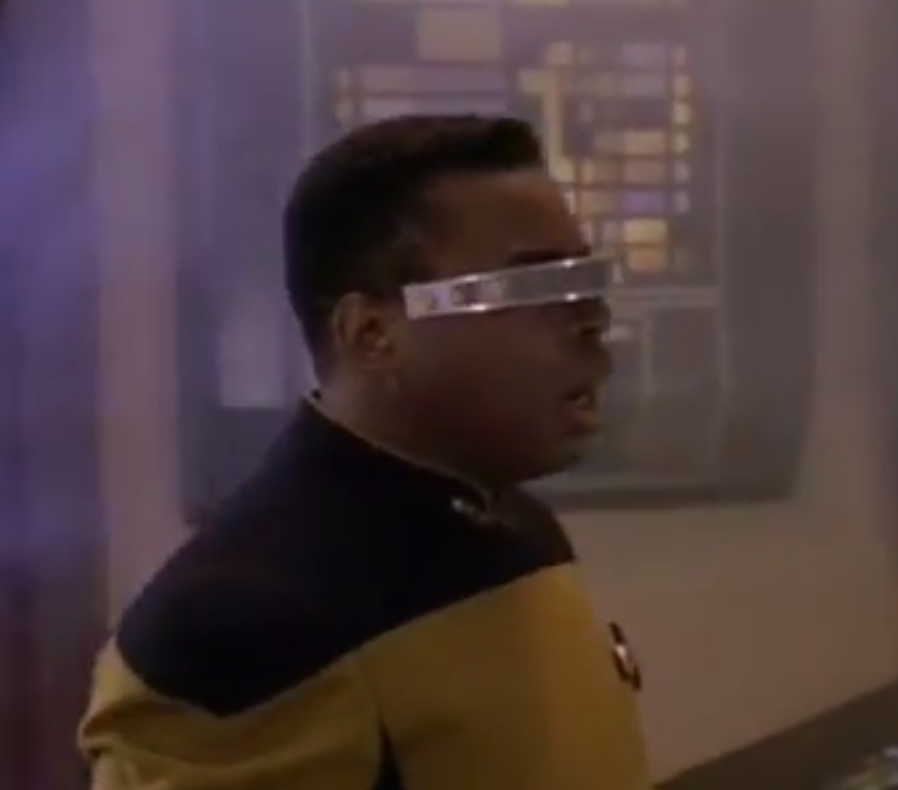Tomorrow's Wearable Tech Is Straight Out of 'Star Trek'

A hearing aid that wirelessly streams audio from an MP3 player. Google Glass with visual recognition. A bracelet that lets friends send each other "smiles." These are just a few of the devices forging the future of wearable tech.
From personalized medicine to fashion, wearable technology is making a splash in the tech world. In honor of National Engineers Week (the third week in February), Live Science chatted with two engineers about some of the promises and challenges of this evolving field.
"I think wearables is a technology for the next decade," said Rob Shaddock, chief technology officer of the Swiss technology company TE Connectivity. "It's at the very beginning; there are some great things to come." [The Best Fitness Trackers of 2014]
Medical devices were one of the first applications of wearable tech. Devices such as hearing aids have been around for decades. But what if hearing aids could stream audio directly from a music player?
"That's where I see the future — integrating technology with the rest of the world around a user," said Kalyani Malleia, a senior systems engineer at Starkey Hearing Technologies, a hearing technology company based in Eden Prairie, Minn.
Wearable tech has infiltrated the consumer health market, too. Fitness trackers, GPS watches and blood-pressure monitors are just a few of the devices that allow individuals to record and track their health, and share that information with their social network — almost like a "diary of your life," Shaddock said. As devices get smaller and more efficient, they will become increasingly common, he added.
Wearables will perform many of the functions of today's personal computers. Systems such as Google Glass have been experimenting with projecting a screen in front of the eye, which eliminates the need for a screen. For example, new software and apps will allow users to look at the name of a restaurant or bar and instantly view reviews.
Get the world’s most fascinating discoveries delivered straight to your inbox.
Communications technology will shift more toward wearable devices, Shaddock predicts. Reminiscent of the VISOR worn by the character Geordi La Forge in "Star Trek: The Next Generation," which restored his damaged vision by detecting electromagnetic signals and transmitting them to an implant in his brain, wearables are being created to assist people who are disabled. For instance, eye- and head-tracking technology is allowing people who are paralyzed and unable to speak use computers to communicate.
Of course, some wearable-tech applications could be considered novelties. So-called smile bracelets allow friends to send each other vibrations, or "smiles," remotely. The applications of wearable technology are limited only by people's imaginations, Shaddock said.
With more and more devices measuring personal data and uploading it to computer networks, security is definitely a concern, experts say. Indeed, even as engineers develop the technologies, others are working to crack them.
Encrypting devices takes computing power, but as the cost of computing goes down, it gets easier to add more encryption. "It's always going to be a challenge, but the technology is there to solve the problem," Shaddock said.
Follow Tanya Lewis on Twitter and Google+. Follow us @livescience, Facebook & Google+. Original article on Live Science.




